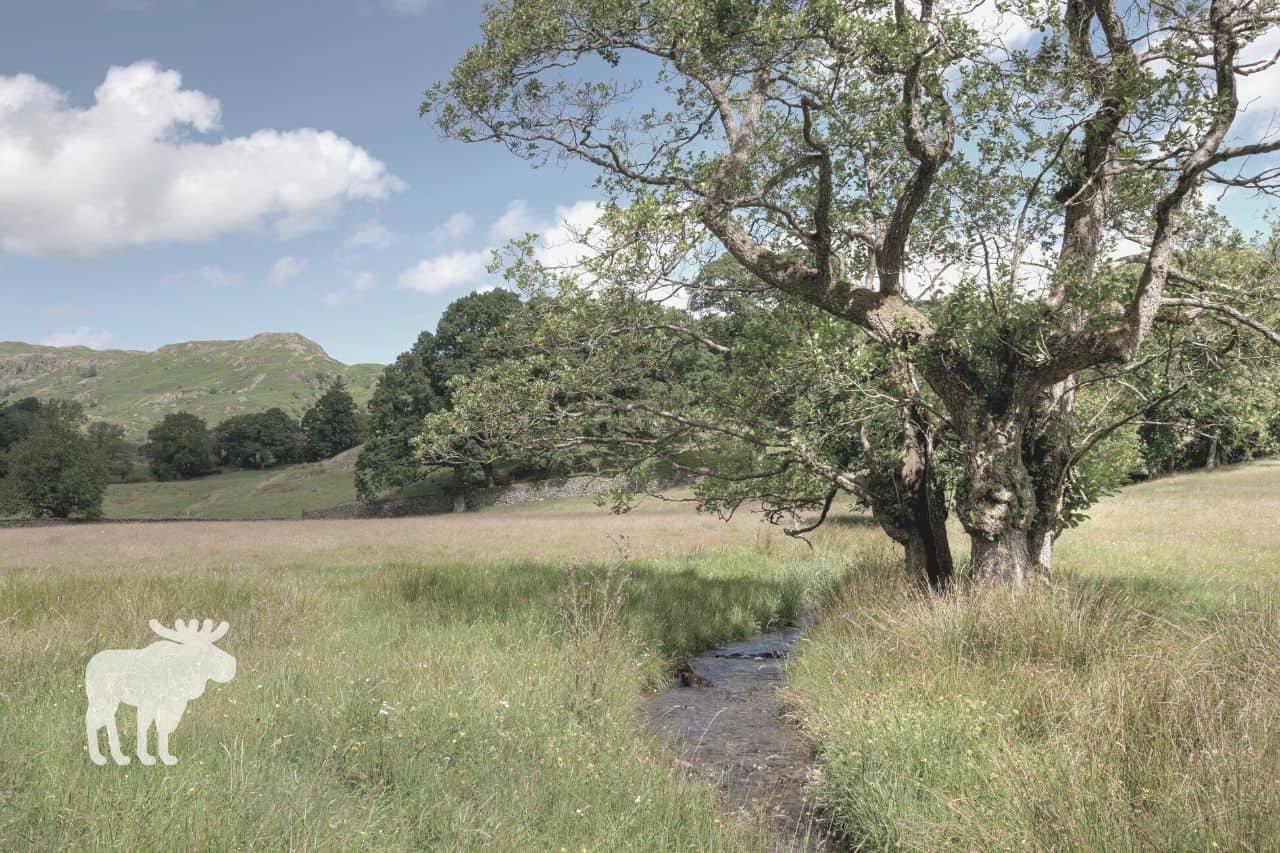There are many, many trees in the world, and they all have their own distinctive characteristics and traits. What if we were to arrange them in alphabetical order? Which unique group of miscellaneous trees would be brought together simply because they start with the same first letter? In this article, we’ll explore the trees that start with the letter A.
What You'll Learn Today
Trees That Start With the Letter A
1. Acacia

Acacia trees belong to the legume family thanks to the seed pods they produce. There are well over 100 trees in this family which are found throughout the world, but especially in Africa and Australia.
In Australia, acacias are called “wattle trees”. In Africa, they are highly recognizable as the short, spread-out trees scattered across the African savanna.
Acacia trees are known for their wide, spreading canopy, their fern-like leaves, and their brightly-colored, fragrant flowers. They also have thorns at the base of each leaf and produce a gum-like substance in the wood.
Acacias are considered evergreen trees because they rarely lose their leaves in the warm, tropical environments in which they live.
These trees have value as food for both humans and livestock. Their flowers are sometimes used to make perfume, tannins are extracted from their bark for use in tanning, and “acacia gum,” the hardened sap, has a wide variety of uses as a binder and food emulsifier.
2. Ash

There are around five dozen species of ash tree in the world. They are found throughout much of the Northern Hemisphere, mostly in temperate regions, though some can also be found in tropical and subtropical areas.
Ash trees are typically small or medium, though some can grow as much as 120 feet tall. They have pinnately compound leaves and produce bright flower clusters which turn into winged seeds called samaras.
Ash trees are susceptible to a variety of diseases such as anthracnose and ash dieback disease. What’s more, a pest called the emerald ash borer kills millions of ash trees by boring tunnels through the trunks and damaging their vascular systems.
Despite these threats, ash trees are still widespread and well-known trees throughout much of the world.
3. Apple
Apple trees are some of the most widely cultivated trees in the world, as they are grown on every inhabited continent.
Incredibly, there are about 7,500 different types of apples in the world. Each one is carefully cultivated for various specialized uses; for example, some cultivars are better for cider, some for fresh eating, and still others for use in cooked products such as applesauce and apple pie.
Apple trees are generally small, rarely exceeding 30 feet even in the wild. Apple trees produce alternately arranged leaves and fragrant pink or white blossoms each spring.
The blossoms turn into pome fruits which typically mature in the late summer through late fall, depending on the species. Apples are known for their nutritional, food, and juice value, and some species have an excellent shelf life.
Check out this video to learn more about why there are so many different apple varieties:
4. Aspen
Aspen trees are primarily found in cool to cold regions of the Northern Hemisphere, where they grow in abundance in both deciduous and mixed forests.
These trees have several characteristic features.
Most aspens have white to light gray-green trunks. Their leaves turn a bright yellow to red in the fall and are known for “quaking” gently even in very light breezes.
The leaves are simple, serrated, and triangular in shape. Aspen trees tend to grow tall with narrow, erect canopies.
The wood of aspen trees is both fire- and rot-resistant, as well as being relatively soft. All of these properties make it an excellent choice for paper, wood wool, animal bedding, matches, saunas, and even roof slats.
5. Alder

There are about 30 species of alder trees in the world, most of which are found primarily in temperate regions of the Northern Hemisphere.
Alders technically belong to the birch family, so they share many physical characteristics with these trees. Some of these characteristics include their whitish, scaly bark and serrated, oval-shaped leaves.
Alders produce catkins each summer that tend to remain on the tree throughout winter, eventually giving way to winged samaras the following spring. These trees are deciduous, but their leaves do not change color before falling in the autumn.
Alders are highly resistant to pests and diseases.
6. Arborvitae

These trees are sometimes referred to as thuja or cedar trees. There are five distinct species which are native to North America and Asia.
Some arborvitae trees are used as ornamentals, as they are pyramid-shaped evergreens that make excellent additions to landscapes. That said, other species grow quite large, up to 200 feet tall.
These trees have distinctive flat, scale-like shoots and stringy, reddish-brown bark. The branches are tightly packed with ascending branchlets.
Arborvitaes produce both male and female pine cones on each tree; the cones are about half an inch long and can be distinguished based on color. Male pine cones are generally yellow or red in color, while female cones are green and sometimes tinged with purple.
Conclusion
The trees on this list have a diverse range of characteristics and natural habitats, but they all have one thing in common: they start with the letter A. Some of these include ash, alder, aspen, and arborvitae trees.